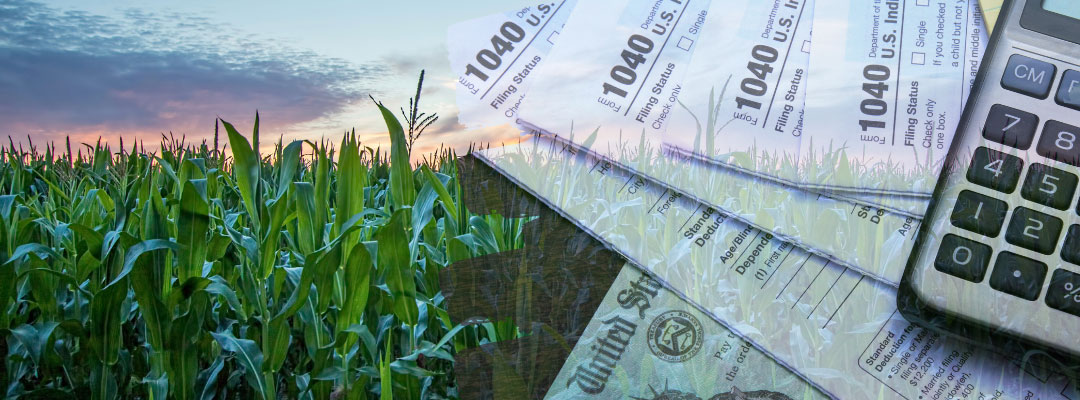Economic depreciation is often overlooked when it comes to the profitability of a farming operation since it is a non-cash expense. One reason is when farmers hear depreciation, they think of tax depreciation. Tax depreciation is an essential tool to lower before-tax income (Tax depreciation and guidelines can be found through the IRS, and application of tax depreciation methods should be discussed with a tax professional). However, the tax depreciation value does not accurately reflect the “real” annual value loss of an asset. For this reason, using tax depreciation to assess profitability will lead to inaccurate calculations. Instead, economic depreciation should be used for farm financial statements.
Economic depreciation differs from tax depreciation by estimating the actual reduction in the value of an asset over time. The value lost depends on use, wear and tear, age, and technical obsolescence. Annual economic depreciation will also vary based on purchase price, the estimated value when sold, and the length of ownership for each asset.
An example of the difference between tax and economic depreciation is when looking at an operation’s purchase of a new grain truck. For tax purposes, the farmer can use Additional First-Year Depreciation (Section 179), which will allow them to deduct the entire cost of the truck within the year of purchase. However, if the farmer wanted to sell that truck after one year, it would still have considerable value. The difference between the purchase and resale prices is the value lost for that one year of use. This difference is the economic depreciation and should be used in farm financial statements to more accurately determine profitability. Figure 1 illustrates how economic depreciation on farm machinery has increased over time for grain farms in Kentucky. On average, machinery depreciation represents eight percent of the total cost of production (variable and fixed costs) for Kentucky grain farms.
A more in-depth discussion of tax depreciation vs. economic depreciation, and comparing depreciation for new or used machinery with guided examples can be found here.
Figure 1. Average annual machinery depreciation for Kentucky grain farms by size ($/ac)

http://agecon.ca.uky.edu/KFBM-pubs
Ellis, Robert, and Jordan Shockley. “Economic vs Tax Depreciation: Understanding Which to Use for Determining Farm Profitability.” Southern Ag Today 2(38.3). September 14, 2022. Permalink

